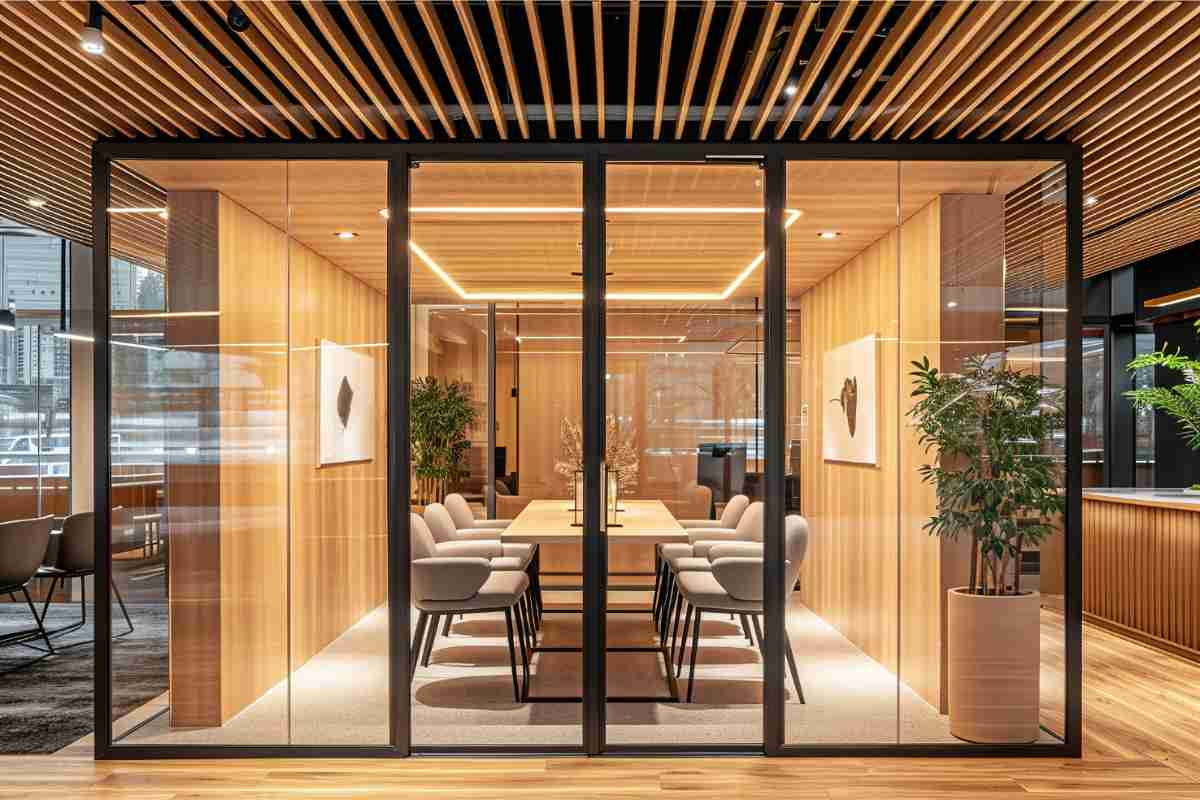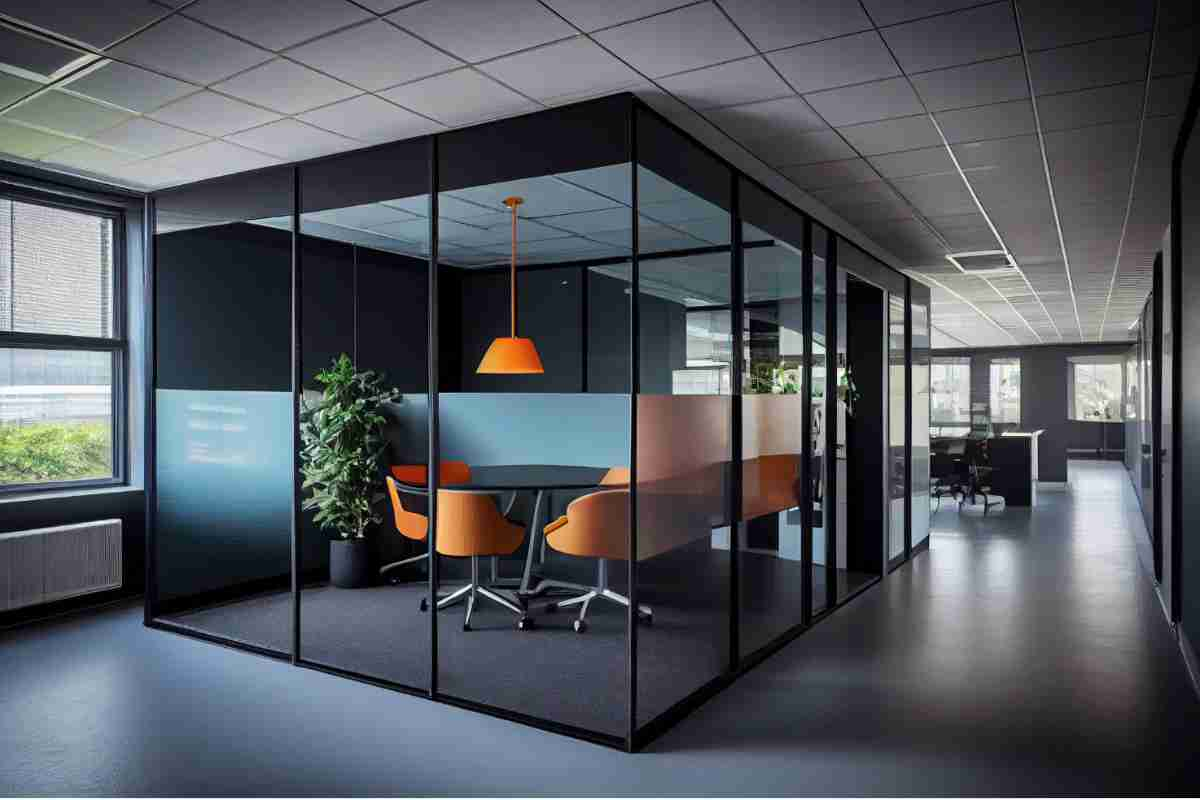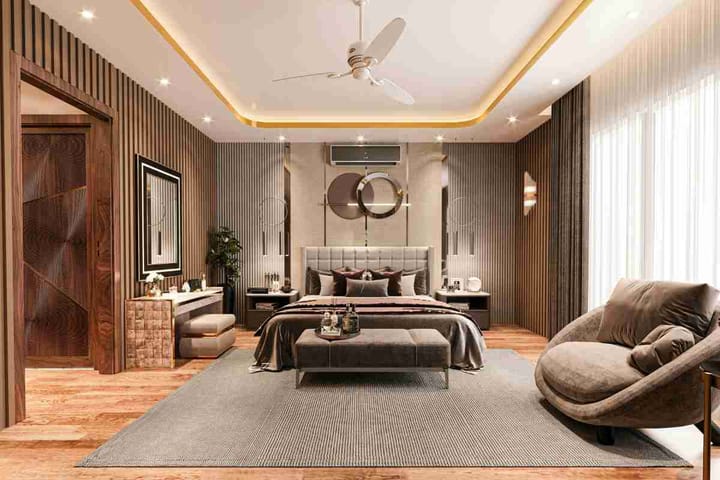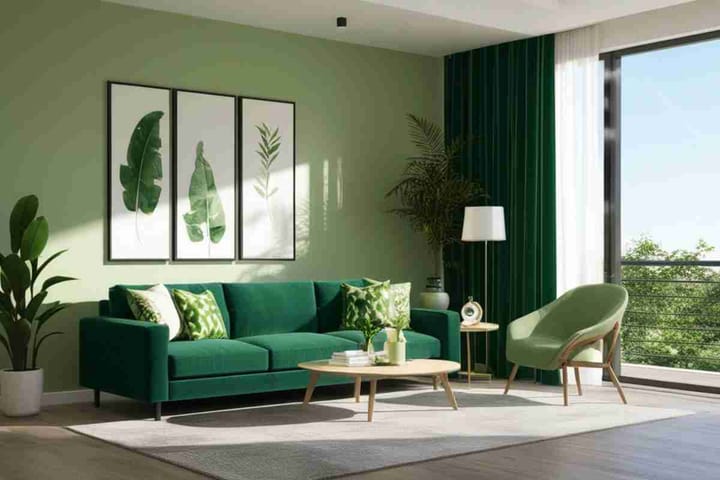How To Choose The Perfect Home Office Partition
A well-designed home workspace boosts productivity. Choose the ideal partition to define your space, reduce distractions, and create a professional environment.

Having a well-designed workspace at home is crucial for productivity and mental well-being. One of the most important aspects of setting up a home office is choosing the right partition. A well-chosen partition can define your workspace, reduce distractions, and create a professional environment. This article will guide you through the process of selecting the perfect home office partition, considering factors such as functionality, style, materials, and budget.
1. Understanding Your Needs
Before diving into the options available, it's essential to assess your specific needs. Ask yourself the following questions:
- How much space do you have?
- What is your primary goal for the partition? (e.g., privacy, noise reduction, aesthetic appeal)
- Do you need a temporary or permanent solution?
- What is your budget?
Understanding your requirements will help narrow down your choices and ensure you select a partition that meets your specific needs.
2. Types of Home Office Partitions
a. Freestanding Partitions
Freestanding partitions are versatile and easy to install. They come in various sizes, materials, and designs, making them a popular choice for home offices. These partitions are perfect for creating temporary workspaces and can be easily moved around or reconfigured as needed.
b. Wall-Mounted Partitions
Wall-mounted partitions are ideal for those looking for a more permanent solution. These partitions are fixed to the wall and provide a stable, sturdy division between spaces. They are available in a variety of materials, including wood, glass, and fabric.
c. Sliding Doors
Sliding doors offer a stylish and functional way to partition your home office. They save space, provide privacy, and can be made from various materials such as glass, wood, or metal. Sliding doors are perfect for those who want a partition that can be easily opened or closed as needed.
d. Folding Screens
Folding screens are a flexible and portable option for dividing your home office. They can be easily set up, moved, and stored away when not in use. Folding screens come in a wide range of styles and materials, making it easy to find one that fits your aesthetic.
e. Curtain Partitions
Curtain partitions are an affordable and versatile option for creating a home office space. They are easy to install and can be opened or closed to adjust the level of privacy and light. Curtains are available in numerous colors, patterns, and fabrics, allowing you to customize your workspace.
3. Material Considerations
The material of your partition plays a significant role in its functionality and aesthetic. Here are some common materials used for home office partitions:
a. Glass
Office glass partitions are elegant and modern, providing a sense of openness while still defining the workspace. They allow natural light to pass through, which can enhance the overall ambiance of your office. Frosted or tinted glass options can offer additional privacy.
b. Wood
Wooden partitions add warmth and a natural feel to your home office. They are sturdy, durable, and available in various finishes and styles. Wood can also be combined with other materials, such as glass or fabric, to create a unique look.
c. Fabric
Fabric partitions are excellent for noise reduction and adding a touch of softness to your workspace. They come in various colors, patterns, and textures, allowing you to personalize your office. Fabric partitions are also relatively lightweight and easy to install.
d. Metal
Metal partitions are durable and industrial in appearance. They are ideal for modern or minimalist home offices and can be combined with other materials like glass or wood for a stylish look. Metal partitions are also easy to clean and maintain.
e. Acrylic
Acrylic partitions are a lightweight and cost-effective alternative to glass. They offer a sleek, modern look and can be clear, frosted, or colored. Acrylic is also easy to clean and maintain, making it a practical choice for home offices.
4. Style and Design
The style and design of your partition should complement the overall aesthetic of your home office and home. Consider the following aspects when choosing a partition:
a. Color
Choose a color that blends well with your existing decor or adds a pop of color to your workspace. Neutral colors like white, beige, or gray are versatile and can match various styles. Bold colors can create a focal point and add personality to your office.
b. Texture
Incorporate texture into your partition to add visual interest. Textured materials like wood grain, fabric, or patterned glass can enhance the overall look of your workspace.
c. Pattern
Patterns can add a unique touch to your partition. Consider geometric designs, floral motifs, or abstract patterns that reflect your personal style and complement your office decor.
d. Shape
The shape of your partition can impact the overall feel of your workspace. Curved partitions can create a softer, more organic look, while straight lines offer a clean, modern aesthetic.
5. Functionality
When selecting a partition, consider its functionality and how it will impact your daily work routine:
a. Privacy
Ensure the partition provides the level of privacy you need. For example, a solid or frosted glass partition can offer more privacy than a clear glass or open-frame design.
b. Noise Reduction
If noise is a concern, opt for partitions made from materials that help absorb sound, such as fabric or wood. Some partitions also come with built-in acoustic panels for enhanced noise reduction. Glass wall partitions can also help create a quiet workspace, where the partition affixed to the glass limits the amount of sound passing through.
c. Light Control
Consider how the partition will affect natural light in your workspace. Glass and acrylic partitions allow light to pass through, while solid materials like wood or fabric can block light. Choose a partition that balances your need for light and privacy.
d. Storage
Some partitions come with built-in storage options, such as shelves or cabinets. These can be useful for organizing office supplies and keeping your workspace clutter-free.
e. Mobility
If you need a flexible workspace, choose partitions that are easy to move and reconfigure. Freestanding partitions, folding screens, and curtain partitions are all good options for creating a dynamic home office.

6. Budget Considerations
Your budget will play a significant role in determining the type and quality of the partition you choose. Here are some tips for finding a partition that fits your budget:
a. Set a Budget
Determine how much you are willing to spend on a partition and stick to it. This will help narrow down your options and prevent overspending.
b. Compare Prices
Shop around and compare prices from different retailers. Online stores often offer competitive prices and a wider selection than brick-and-mortar stores.
c. DIY Options
Consider making your own partition if you are on a tight budget. DIY partitions can be made from materials like plywood, fabric, or even repurposed items. There are plenty of online tutorials and resources to guide you through the process.
d. Sales and Discounts
Look for sales, discounts, and promotions from retailers. You may be able to find a high-quality partition at a lower price during these events.
7. Installation
The installation process for your partition will depend on the type and material you choose. Here are some general tips for a successful installation:
a. Measure Your Space
Transforming your space entails proper measurement before installing partitions. Accurately measure the area where you plan to install the partition to ensure it fits properly. Consider the height, width, and depth of the space.
b. Follow Instructions
Carefully follow the manufacturer's instructions for installation. This will help ensure the partition is securely and safely installed.
c. Seek Professional Help
If you are unsure about the installation process, consider hiring a professional. This can save time and ensure the partition is installed correctly.
d. Test Stability
Once the partition is installed, test its stability and make any necessary adjustments. Ensure it is securely anchored and does not wobble or move.
8. Maintenance
Proper maintenance will keep your partition looking good and functioning well for years to come. Here are some maintenance tips for different materials:
a. Glass and Acrylic
Clean glass and acrylic partitions regularly with a mild glass cleaner and a soft cloth. Avoid using abrasive cleaners or materials that can scratch the surface.
b. Wood
Dust wooden partitions regularly and clean them with a wood cleaner or a damp cloth. Avoid using excessive water or harsh chemicals that can damage the wood.
c. Fabric
Vacuum fabric partitions to remove dust and dirt. For stains, spot clean with a mild detergent and water. Check the manufacturer's instructions for any specific cleaning recommendations.
d. Metal
Wipe metal partitions with a damp cloth and a mild detergent. Avoid using abrasive cleaners that can scratch the surface.
Conclusion
Choosing the perfect home office partition involves considering your specific needs, the available space, the desired level of privacy, and your budget. By understanding the different types of partitions, their materials, and their functionality, you can make an informed decision that enhances your home office environment. Remember to consider the style and design that best complements your decor, and follow proper installation and maintenance guidelines to ensure your partition remains in excellent condition. With the right partition, you can create a productive, comfortable, and stylish home office that meets all your needs.




Comments ()